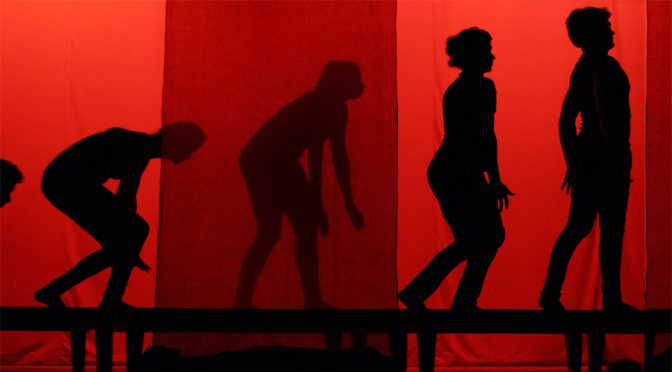The visual vernacular can be drilled down into two forms of expression: Explicit and Implicit.
EXPLICIT imagery:
literal or direct images used to illustrate a story
Explicit imagery is useful for conveying the necessary details of your story or helping to set the scene for your audience. For example, as you tell a story about the family farm, you show a picture of a farm to directly transport the audience into the setting of the story
IMPLICIT imagery:
implied or indirect images used to illustrate a story
Implicit imagery is useful for implying or representing another meaning beyond explicit or literal meaning. For example, colorful autumn leaves used to illustrate vital aging.
Two techniques to convey meaning through implicit imagery are visual metaphor and juxtaposition.
VISUAL METAPHOR utilizes symbolic representation. For example, a picture of a flower growing out of a concrete sidewalk to illustrate overcoming a personal challenge. Audiences connect the emotional content of the struggling plant with the storytellers struggle.
JUXTAPOSITION utilizes image choice and sequential order. For example, consider the different meaning of a picture of a crouching tiger followed by a picture of a deer herd versus the crouching tiger followed by rifle scope. One combination illustrates a feeling of power while while the other evokes vulnerability. Audiences interpret the juxtaposition of visual images as having implicit meaning that goes beyond what each image explicitly means on its own.

